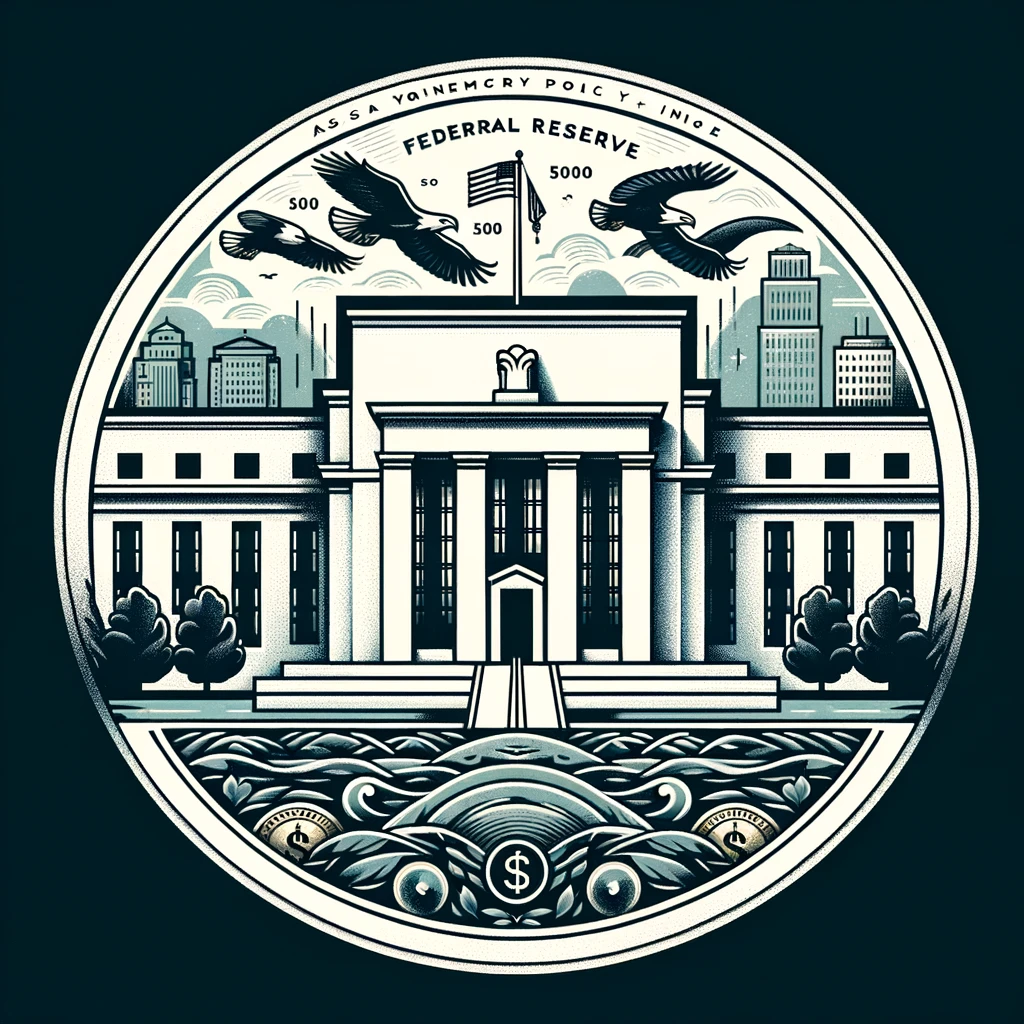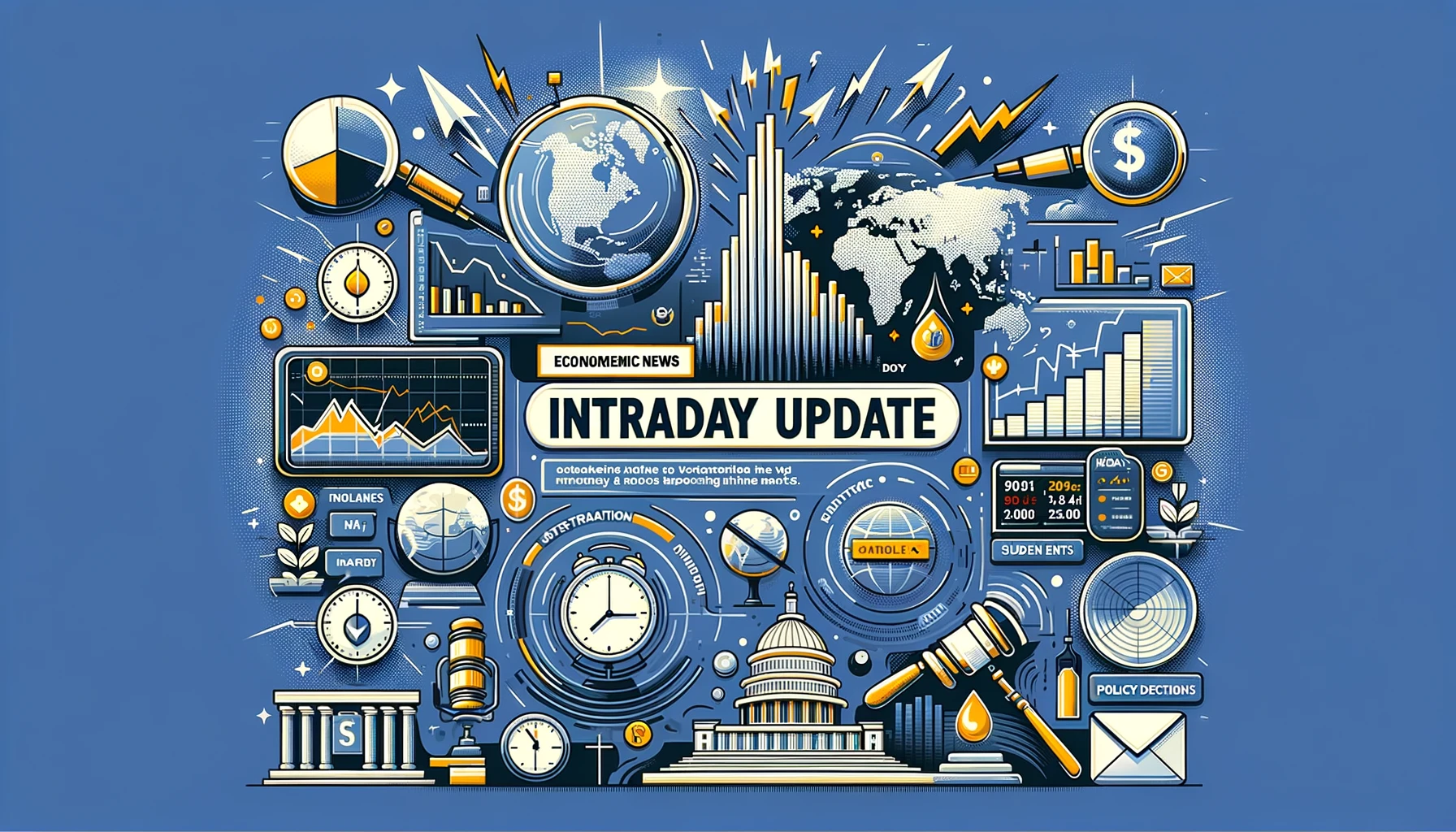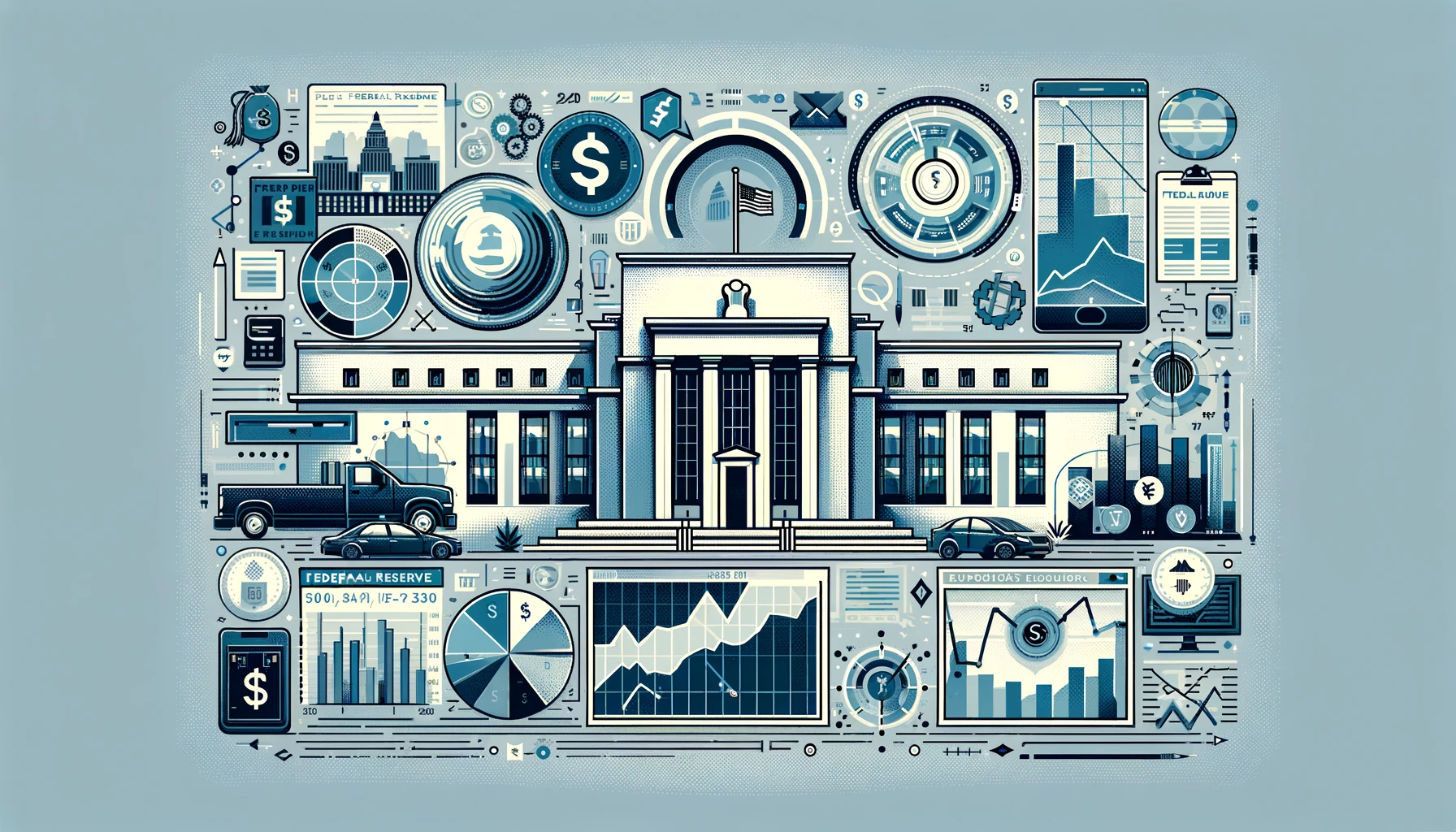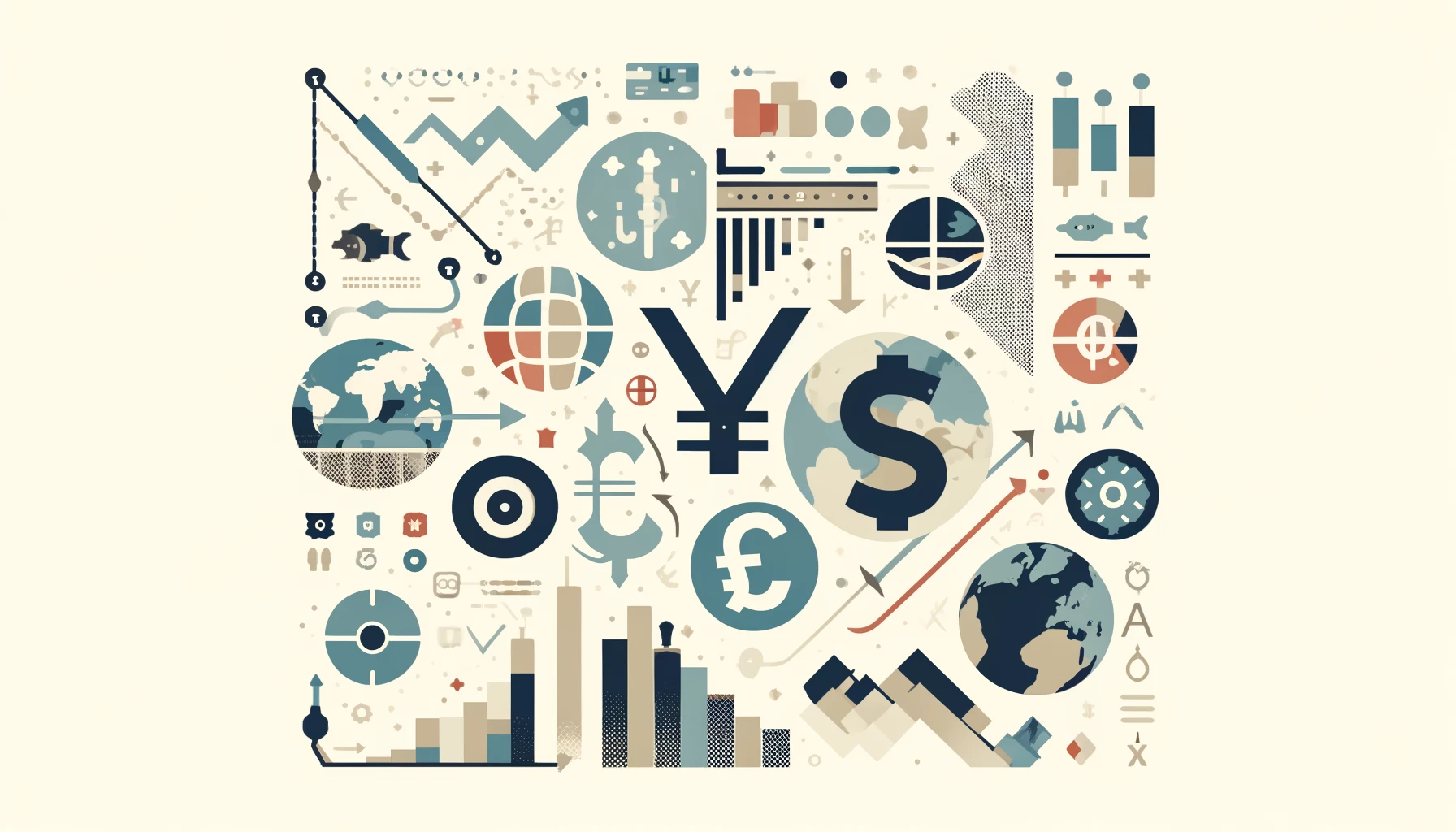The U.S. economy’s growth in the first quarter of 2024 was more subdued than expected, marking a slowdown from the robust growth seen in previous quarters. The advance GDP estimate of 1.6% annualized growth released by the Bureau of Economic Analysis (BEA) fell short of economists’ consensus of 2.5%. This deceleration becomes more pronounced when compared to the final revised growth of 3.9% in the fourth quarter of 2023. Such a decrease in GDP growth is a significant signal, especially in the context of the Federal Reserve’s interest rate policies.
Key Components of the Slowdown
Several factors contributed to this quarter’s slower growth:
- Consumer Spending: Growth in personal consumption decreased to 2.5% from 3.3% in the previous quarter, missing expectations of a 3% increase. This deceleration in spending, especially on durable goods, which saw a -2.1% change compared to a 3.2% increase previously, highlights weakened consumer confidence and reduced expenditure on long-term goods.
- Government Spending: There was a noticeable downturn in federal government spending and decelerations in state and local government spending.
- Exports and Imports: Exports slowed down, and while imports accelerated, this does not directly contribute positively to GDP calculations, as imports are subtracted in the computation of the nation’s GDP.
Inflation Concerns
Inflation, as measured by the core Personal Consumption Expenditures (PCE) index, increased to 3.7% in Q1, significantly higher than the anticipated 3.4%. This uptick in inflation is particularly concerning given that it outpaces the growth in consumer spending, suggesting that prices are rising faster than consumer purchasing power. This could potentially lead to further economic tightening if sustained.
Market and Federal Reserve Responses
Despite the slower GDP growth, the market is adjusting its expectations around Federal Reserve policy, particularly in anticipation of the PCE report. The market had initially priced in possible rate cuts, but the hotter than expected PCE data has shifted expectations towards a potentially more hawkish stance from the Fed. Federal Reserve Chair Jerome Powell’s comments earlier in the month indicated a willingness to maintain restrictive policies to curb inflation further, which could keep interest rates higher for longer than previously anticipated.
Looking Forward
The weaker GDP growth coupled with stronger inflation signals a complex scenario for the Federal Reserve. On one hand, slowing growth would typically encourage a loosening of monetary policy to stimulate economic activity. On the other, persistent inflation pressures might necessitate maintaining or even increasing interest rates to prevent the economy from overheating.
As the next quarters unfold, it will be crucial to monitor consumer spending patterns, government fiscal activities, and further revisions to economic growth figures. The balance the Federal Reserve strikes between supporting growth and controlling inflation will significantly influence the U.S. economic landscape heading into the rest of 2024.





